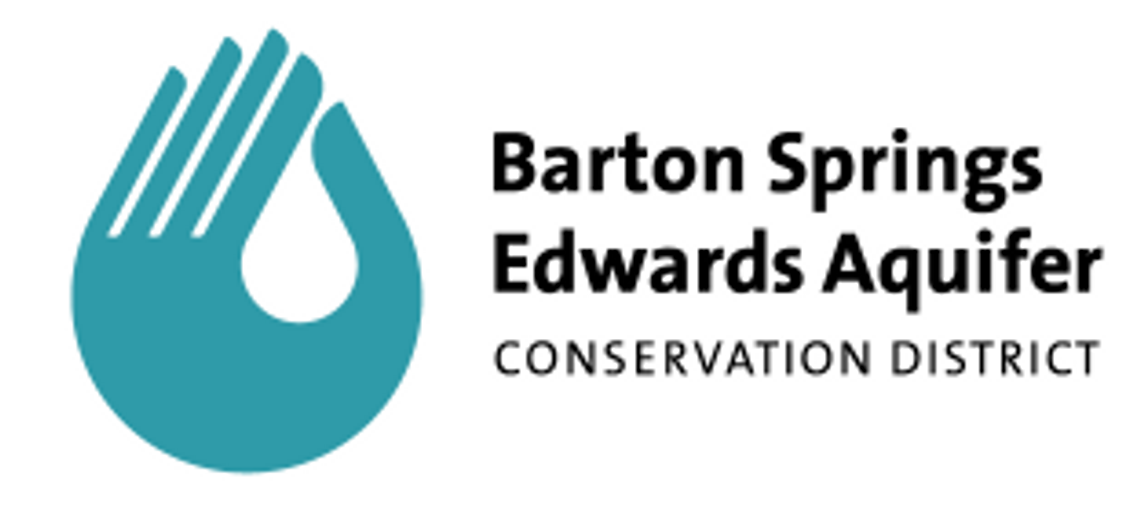Staff Report
Burn bans, drought conditions and little to no rainfall are becoming regular highlights on the weekly forecast.
The Barton Springs/Edwards Aquifer Conservation District's Board of Directors declared a Stage II Alarm Drought on June 9.
The District’sdrought triggers, Lovelady Monitor Welland Barton Springs, passed below their drought triggers in late May and early June. Only one of the two drought stage triggers needs to be reached for a drought declaration to be made. However, to exit a drought stage, both Barton Springs and Lovelady must rise above their respective drought trigger values. This latter requirement keeps the District from making multiple declarations about drought over short periods of time.
The last groundwater drought declaration commenced on October 9, 2020, and ended on July 8, 2021. While the weather is getting warmer, strengthening La Niña (dry) conditions indicates it may be getting drier. So far, the area has received below average rainfall every month this year except for February and above average heat. May 2022 was the warmest May on record for Austin. The average temperature in May was 82.3 degrees. That number was calculated by combining the high and low for each day.
Declaration of Stage II Alarm Drought requires all District permittees to implement mandatory measures specified in their User Drought Contingency Plans (UDCPs) to meet monthly pumpage reduction requirements.
- 20% for Edwards Historical and Conditional Class A permittees
- 50% for Edwards Conditional Class B permittees
- 100% for Edwards Conditional Class C and Class D permittees
- 20% for Trinity and Alluvial/Austin Chalk Historical permittees
End-user customers served by water utilities on groundwater wells are required to comply with their utility’s water use restrictions for this drought stage. Generally, restricting outdoor water use, including limiting landscape irrigation, pool filling and refilling, and non-essential water use such as water fountains, is sufficient to reach monthly pumpage targets for Stage II Alarm Drought. July is the first month that permittees will need to meet reductions in pumpage. Permittees should refer to the monthly drought allocations listed in their User Drought Conservation Plan (UDCP) and Drought Target Charts.
The District encourages continued conservation, with July and August often being the hottest and driest times of the year. In the summer months, outdoor water use is significantly higher and can account for 60% or more of home water use. Planting native or drought-tolerant landscapes, mulching, and using compost can substantially reduce the amount of irrigation water required to keep plants healthy. Making sure your irrigation system is functioning at peak efficiency and replacing leaking gaskets and hoses can help conserve water. Installing a rain barrel or rainwater harvesting system can make an even bigger impact in reducing overall water use.










